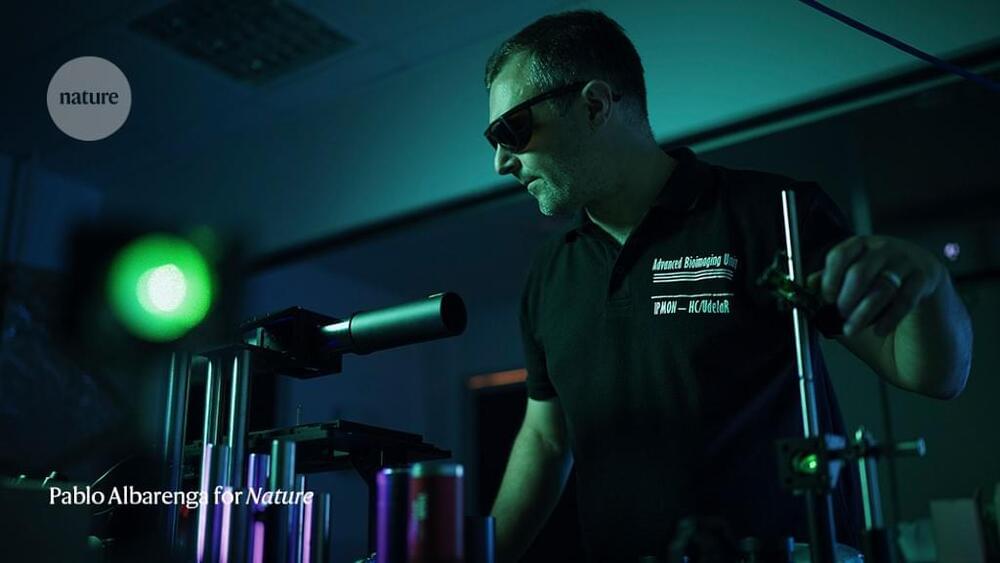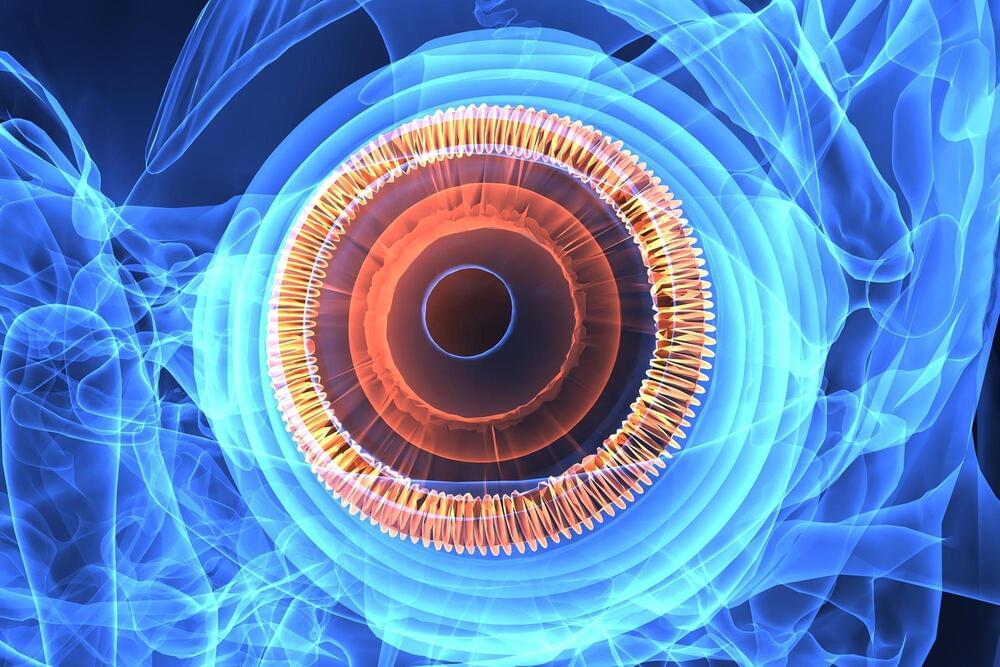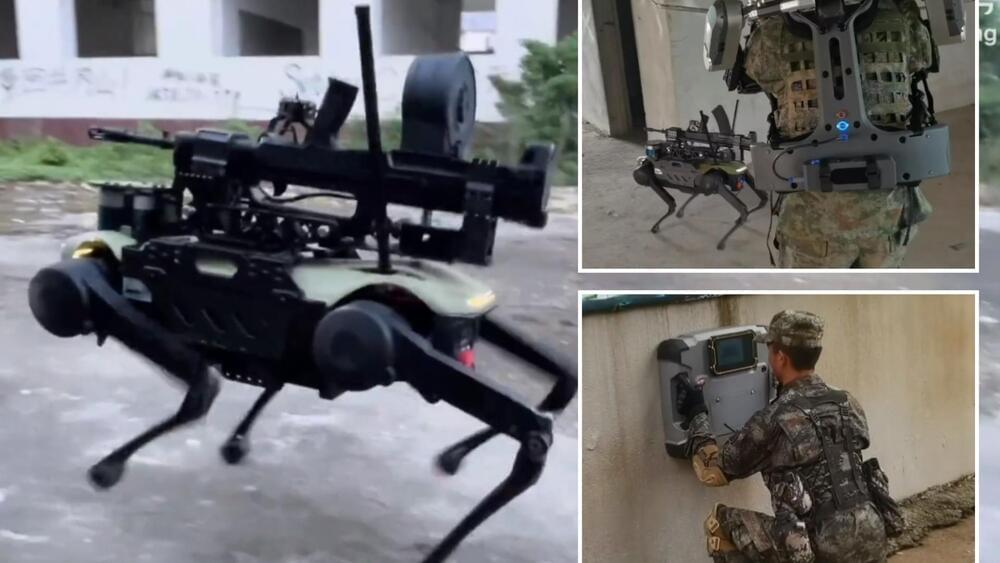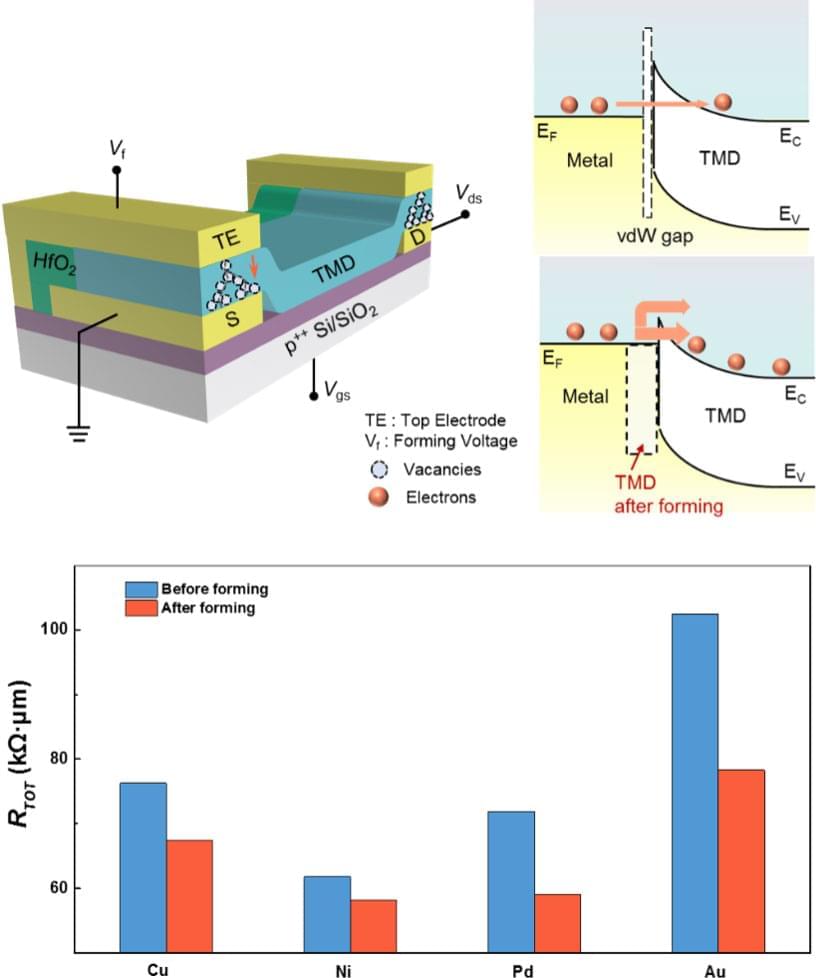What We Owe The Future is available now — you can get it wherever you get your (audio)books or here: https://www.amazon.com/What-Owe-Future-William-MacAskill/dp/…atfound-20
This video was sponsored by the author, Will MacAskill. Thanks a lot for the support.
Sources & further reading:
https://sites.google.com/view/sources-civilization-collapse/
At its height, the Roman Empire was home to about 30% of the world’s population, and in many ways the pinnacle of human advancement. Rome became the first city in history to reach one million inhabitants and was a center of technological, legal, and economic progress. An empire impossible to topple, stable and rich and powerful.
Until it wasn’t anymore. First slowly then suddenly, the most powerful civilization on earth collapsed. If this is how it has been over the ages, what about us today? Will we lose our industrial technology, and with that our greatest achievements, from one dollar pizza to smartphones or laser eye surgery? Will all this go away too?
OUR CHANNELS
▀▀▀▀▀▀▀▀▀▀▀▀▀▀▀▀▀▀▀▀▀▀▀▀▀▀
German: https://kgs.link/youtubeDE
Spanish: https://kgs.link/youtubeES
French: https://kgs.link/youtubeFR
Portuguese: https://kgs.link/youtubePT
Arabic: https://kgs.link/youtubeAR
Hindi: https://kgs.link/youtubeHI
Japanese: https://kgs.link/youtubeJA
Korean: https://kgs.link/youtubeKO
HOW CAN YOU SUPPORT US?
▀▀▀▀▀▀▀▀▀▀▀▀▀▀▀▀▀▀▀▀▀▀▀▀▀▀
This is how we make our living and it would be a pleasure if you support us!
Get Products designed with ❤ https://shop-us.kurzgesagt.org.





